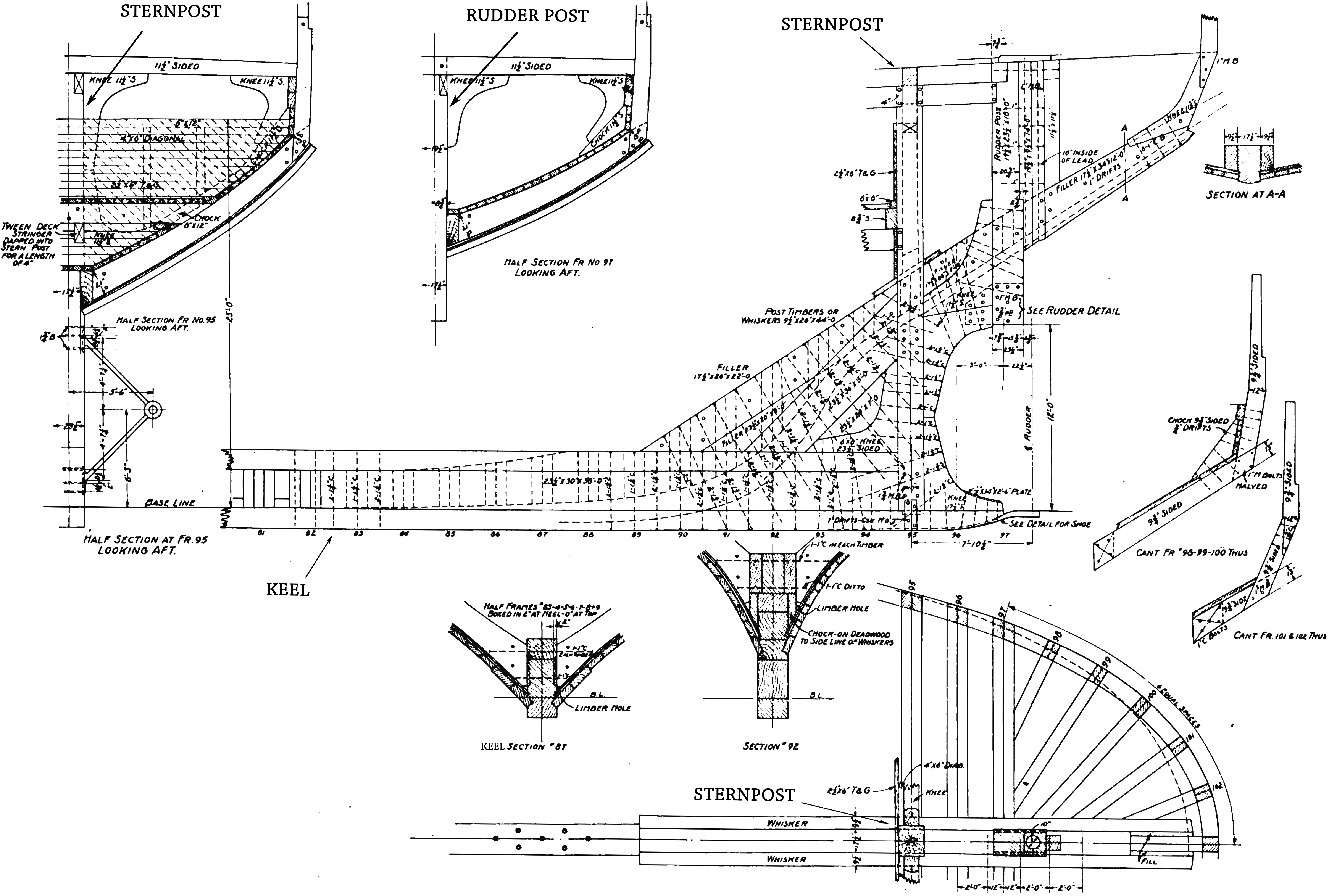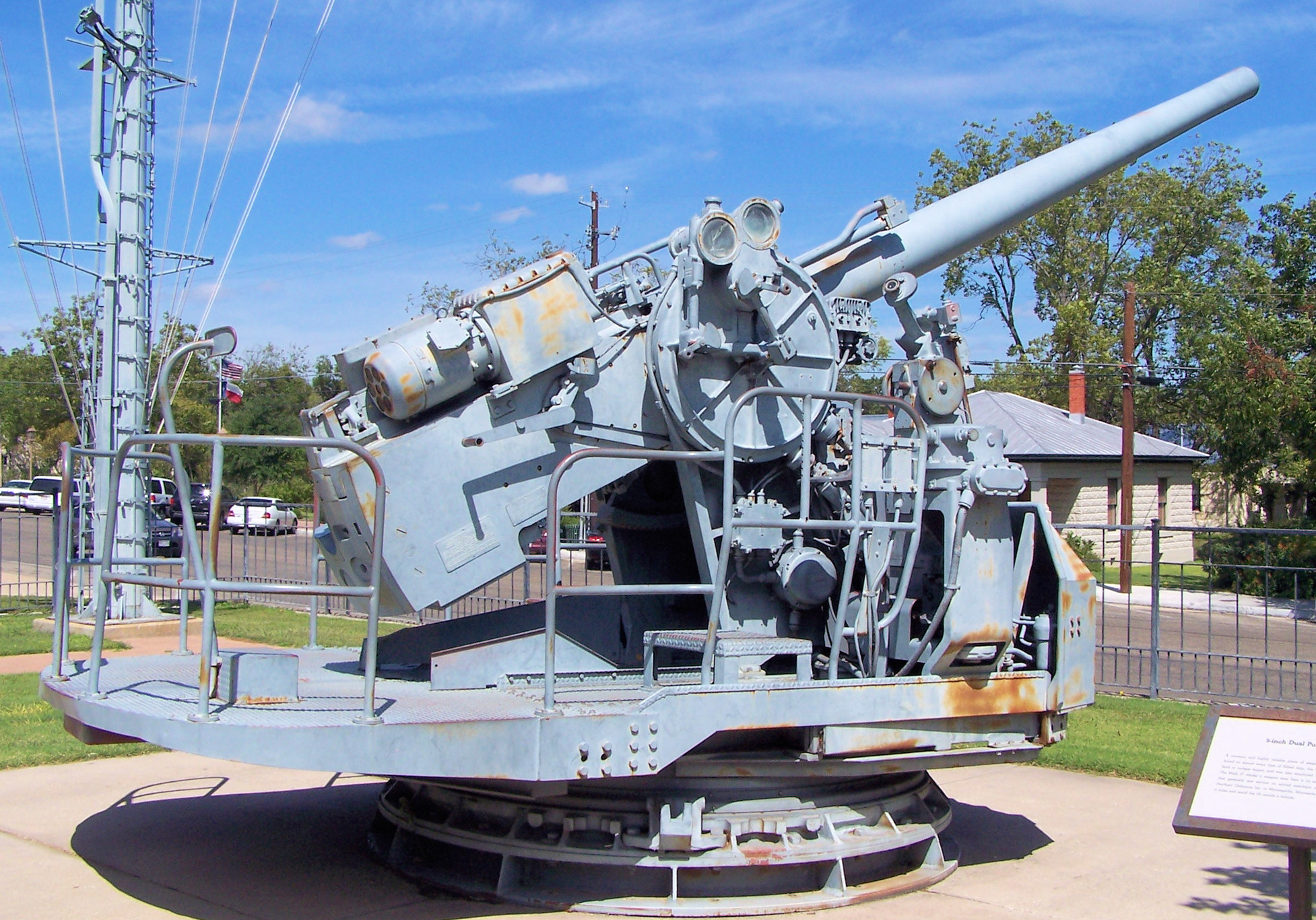|
Don-class Submarine Tender
The Don-class submarine tender was the NATO reporting name for a group of seven submarine tenders built for the Soviet Navy in the late 1950s. The Soviet designation was Project 310 ''Batur''. Evolving from a need for dispersed basing of submarines in the advent of a nuclear war, the ships were designed to support distant operations of the Soviet Union's submarine fleet, capable of repairing and resupplying. However, the Soviets returned to stationary basing of their submarines and the Don class were later converted into flagships. One vessel was exported to Indonesia in 1962 and due to the ship's heavy armament, was used primarily for patrol duties. The ships of the Don class were removed from service in the mid 1990s and broken up for scrap. Design With the advent of nuclear war and the danger that stationary bases faced, the Soviet Navy sought to disperse the fleet while still maintaining functionality. As a result, the Soviet Central Design Bureau came up with meaning "Floati ... [...More Info...] [...Related Items...] OR: [Wikipedia] [Google] [Baidu] |
Black Sea Shipyard
The Black Sea Shipyard (; ) was a shipbuilding facility in Mykolaiv, Ukraine, on the southern tip of the Mykolaiv peninsula. It was founded in 1895 by Belgian interests and began building warships in 1901. At the beginning of World War I in 1914, it was one of the largest industrial facilities in the Russian Empire. The shipyard was moribund in the first decades of the Soviet Union until the Soviets began building up their fleet in the 1930s and it began building surface warships as well as submarines. The yard was badly damaged during World War II and took several years to be rebuilt. Surface warship construction temporarily ended in the mid-1950s before being revived in the mid-1960s and submarines were last built in the yard in late 1950s. The Black Sea Shipyard built all of the aircraft carrying ships of the USSR and Russia and continued before it was liquidated by the economic court of Mykolaiv Oblast on June 25, 2021. History In 1895, the shipyard was established as the ... [...More Info...] [...Related Items...] OR: [Wikipedia] [Google] [Baidu] |
E Band (NATO)
The NATO E band is a designation given to the radio frequencies from 2000 to 3000 MHz (equivalent to wavelength In physics and mathematics, wavelength or spatial period of a wave or periodic function is the distance over which the wave's shape repeats. In other words, it is the distance between consecutive corresponding points of the same ''phase (waves ...s between 15 and 10 cm) during the cold war period. Since 1992, detailed frequency allocations, allotment and assignments are in line with the NATO Joint Civil/Military Frequency Agreement (NJFA). However, in order to generically identify military radio spectrum requirements, e.g. for crisis management planning, training, electronic warfare activities, radar or in military operations, the NATO band system is often used. References {{EMSpectrum Radio spectrum Military equipment of NATO ... [...More Info...] [...Related Items...] OR: [Wikipedia] [Google] [Baidu] |
I Band (NATO)
The NATO I band is the obsolete designation given to the radio frequencies from 8,000 to 10,000 MHz (equivalent to wavelengths between 3.75 and 3 cm) during the Cold War The Cold War was a period of global Geopolitics, geopolitical rivalry between the United States (US) and the Soviet Union (USSR) and their respective allies, the capitalist Western Bloc and communist Eastern Bloc, which lasted from 1947 unt ... period. Since 1992, frequency allocations, allotment and assignments are in line with the NATO Joint Civil/Military Frequency Agreement (NJFA). However, in order to identify military radio spectrum requirements, e.g. for crisis management planning, training, electronic warfare activities, or in military operations, this system is still in use. References Radio spectrum Microwave bands {{Wireless-stub ... [...More Info...] [...Related Items...] OR: [Wikipedia] [Google] [Baidu] |
Radar
Radar is a system that uses radio waves to determine the distance ('' ranging''), direction ( azimuth and elevation angles), and radial velocity of objects relative to the site. It is a radiodetermination method used to detect and track aircraft, ships, spacecraft, guided missiles, motor vehicles, map weather formations, and terrain. The term ''RADAR'' was coined in 1940 by the United States Navy as an acronym for "radio detection and ranging". The term ''radar'' has since entered English and other languages as an anacronym, a common noun, losing all capitalization. A radar system consists of a transmitter producing electromagnetic waves in the radio or microwave domain, a transmitting antenna, a receiving antenna (often the same antenna is used for transmitting and receiving) and a receiver and processor to determine properties of the objects. Radio waves (pulsed or continuous) from the transmitter reflect off the objects and return to the receiver, giving ... [...More Info...] [...Related Items...] OR: [Wikipedia] [Google] [Baidu] |
List Of NATO Reporting Names For Equipment
This is a list of NATO names for Soviet, Russian and Chinese radars and ELINT systems. For additional reporting names, see NATO reporting names. NATO reporting names B * Ball End – common navigational radar. * Band Stand – Missile tracking and control * Bar Lock A – Russian P-37 "Metch" (1RL139) 2D air surveillance radar. The basic "Bar Lock" dates back to 1961. * Bass Tilt – MR-123, fire control radar of the AK-630 close-in weapon system * Bell Clout – Electronic warfare jamming radar * Bell Shroud – Electronic warfare jamming radar * Bell Squat – Electronic warfare jamming radar * Big Bird C – SA-20 (S-300PMU-1/2) regiment surveillance radar 64N6, 1996 * Big Bird D – SA-21 (S-400 missile system) regiment surveillance radar 91N6, 2017 * Big Net – Long-range air search radar C * Cage Bare – VHF antenna * Cage Cone – VHF antenna * Cage Pot – Electronic warfare jamming radar * Cage Stalk – VHF antenna * Clam Shell – 76N6 low-altitude surveillance radar fo ... [...More Info...] [...Related Items...] OR: [Wikipedia] [Google] [Baidu] |
OSA-M
The 9K33 ''Osa'' (; English: "wasp"; NATO reporting name SA-8 ''Gecko'') is a highly mobile, low-altitude, short-range tactical surface-to-air missile system developed in the Soviet Union in the 1960s and fielded in 1972. Its export version name is Romb. Description The Osa was the first mobile air defense missile system incorporating its own engagement radars on a single vehicle. All versions of the 9K33 feature all-in-one 9A33 transporter erector launcher and radar (TELAR) vehicles which can detect, track and engage aircraft independently or with the aid of regimental surveillance radars. The six-wheeled transport vehicles BAZ-5937 are fully amphibious and air transportable. The road range is about 500 km. The 1S51M3-2 radar system of the 9K33 Osa TELAR received the NATO codename ''Land Roll''. It was derived from the naval 'Pop Group' radar system but is smaller as it does not require a stabilisation system. An improved system, the Osa-AKM (NATO reporting name SA-8B ... [...More Info...] [...Related Items...] OR: [Wikipedia] [Google] [Baidu] |
Stern (ship)
The stern is the back or aft-most part of a ship or boat, technically defined as the area built up over the sternpost, extending upwards from the counter rail to the taffrail. The stern lies opposite the bow, the foremost part of a ship. Originally, the term only referred to the aft port section of the ship, but eventually came to refer to the entire back of a vessel. The stern end of a ship is indicated with a white navigation light at night. Sterns on European and American wooden sailing ships began with two principal forms: the ''square'' or ''transom'' stern and the ''elliptical'', ''fantail'', or ''merchant'' stern, and were developed in that order. The hull sections of a sailing ship located before the stern were composed of a series of U-shaped rib-like frames set in a sloped or "cant" arrangement, with the last frame before the stern being called the ''fashion timber(s)'' or ''fashion piece(s)'', so called for "fashioning" the after part of the ship. This frame is ... [...More Info...] [...Related Items...] OR: [Wikipedia] [Google] [Baidu] |
Helicopter
A helicopter is a type of rotorcraft in which Lift (force), lift and thrust are supplied by horizontally spinning Helicopter rotor, rotors. This allows the helicopter to VTOL, take off and land vertically, to hover (helicopter), hover, and to fly forward, backward and laterally. These attributes allow helicopters to be used in congested or isolated areas where fixed-wing aircraft and many forms of short take-off and landing (STOL) or short take-off and vertical landing (STOVL) aircraft cannot perform without a runway. The Focke-Wulf Fw 61 was the first successful, practical, and fully controllable helicopter in 1936, while in 1942, the Sikorsky R-4 became the first helicopter to reach full-scale mass production, production. Starting in 1939 and through 1943, Igor Sikorsky worked on the development of the Vought-Sikorsky VS-300, VS-300, which over four iterations, became the basis for modern helicopters with a single main rotor and a single tail rotor. Although most earlier ... [...More Info...] [...Related Items...] OR: [Wikipedia] [Google] [Baidu] |
Anti-aircraft Warfare
Anti-aircraft warfare (AAW) is the counter to aerial warfare and includes "all measures designed to nullify or reduce the effectiveness of hostile air action".AAP-6 It encompasses surface-based, subsurface (Submarine#Armament, submarine-launched), and air-based weapon systems, in addition to associated sensor systems, command and control arrangements, and passive measures (e.g. barrage balloons). It may be used to protect naval, army, ground, and air forces in any location. However, for most countries, the main effort has tended to be homeland defense. Missile defense, Missile defense is an extension of air defence, as are initiatives to adapt air defence to the task of intercepting any projectile in flight. Most modern anti-aircraft (AA) weapons systems are optimized for short-, medium-, or long-range air defence, although some systems may incorporate multiple weapons (such as both autocannons and surface-to-air missiles). 'Layered air defence' usually refers to multiple 't ... [...More Info...] [...Related Items...] OR: [Wikipedia] [Google] [Baidu] |
Caliber (artillery)
In artillery, caliber or calibre''Caliber'' is the American English spelling, while ''calibre'' is used in British English. is the internal diameter of a gun barrel, or, by extension, a relative measure of the barrel length. Rifled barrels Rifled barrels introduce ambiguity to measurement of caliber. A rifled bore consists of alternating grooves and lands. The distance across the bore from groove to groove is greater than the distance from land to land. Projectiles fired from rifled barrels must be of the full groove-to-groove diameter to be effectively rotated by the rifling, but the caliber has sometimes been specified as the land-to-land diameter before rifling grooves were cut. The depth of rifling grooves (and the consequent ambiguity) increases in larger calibers. Steel artillery projectiles may have a forward bourrelet section machined to a diameter slightly smaller than the original land-to-land dimension of the barrel and a copper driving band somewhat larger than ... [...More Info...] [...Related Items...] OR: [Wikipedia] [Google] [Baidu] |
Dual-purpose Gun
A dual-purpose gun is a naval artillery mounting designed to engage both surface and air targets. Description Second World War-era capital ships had four classes of artillery: the heavy main battery, intended to engage opposing battleships and cruisers of 305 mm to 457 mm (12 inch to 18 inch); a secondary battery for use against enemy destroyers of 152 mm to 203 mm (6 inch to 8 inch); heavy anti-aircraft guns of 76 mm to 127 mm (3 inch to 5 inch), which could create barrages to knock out airplanes at a distance; finally, light rapid-fire anti-aircraft batteries (A/A) to track and bring down aircraft at close range. The light A/A was dispersed throughout the ship and included both automatic cannons of 20 mm to 40 mm (.787 inch to 1.57 inch) and heavy machine guns of 12.7 mm to 14.5 mm (.50 inch to .58 inch). During World War II, the US Navy, Royal Navy, the French Navy, and the Imperial Japanese Navy combined the secondary bat ... [...More Info...] [...Related Items...] OR: [Wikipedia] [Google] [Baidu] |





